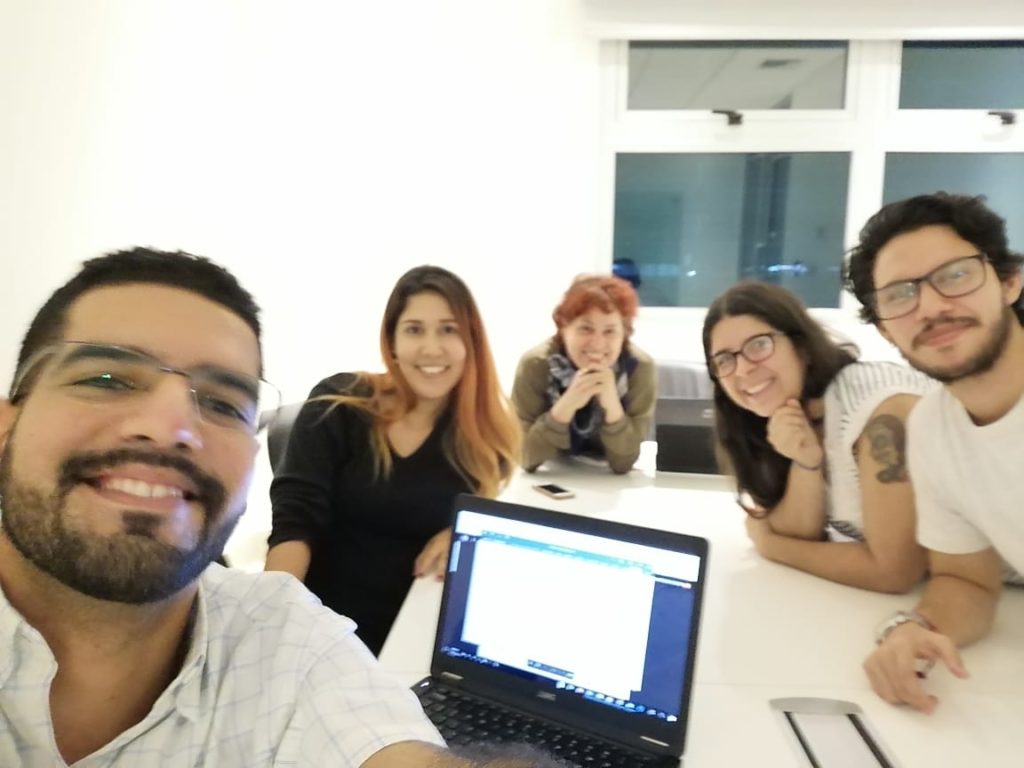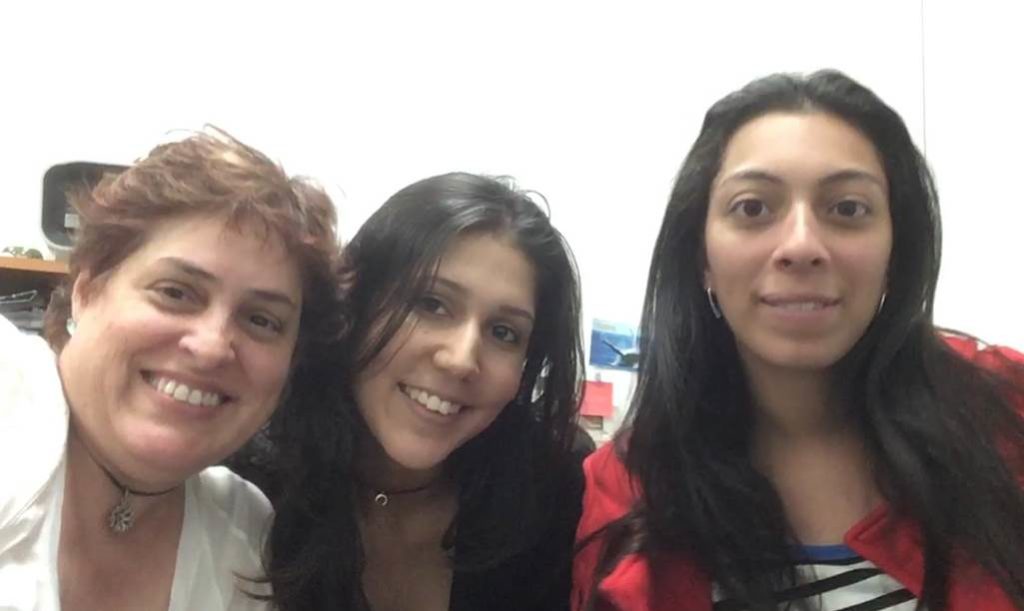With the support of other scientists we put together the first iGEM Panama team in 2010. We proudly achieved a Bronze Medal in the competition held at MIT, Boston with the idea of creating a rhamnolipid biosurfactant that could help clean oil spills, among other applications. The next project was that of designing a biosensor for cyanide molecules, that could detect their presence in water. After the competition was over, the construct was only worked half way through. We decided it was worth continuing, and with two of the iGEMers, our lab has taken it as a challenge to bring it to reality. Together with a student, the CyanSense is coming to reality.

Pollution cannot be considered a recent phenomenon, since human activities have always produced residues of more or less toxicity. However, since the industrial revolution, there has been a strong change in the environment due to the large amount of waste products, by-products and toxic compounds that are generated by industrial activity. Of these, cyanide is an extremely harmful toxic to
environment and living beings, since it inhibits cellular respiration by interrupting the use of oxygen, affecting all those living beings whose basis for obtaining energy is through this molecule.
In the industrial sector, this element is used to produce paper, paints, textiles and plastics. Also, it is usually used for the recovery of metals in mining industries through leaching (a process that
it leads to the extraction of soluble matter from a mixture by the action of a liquid solvent).

This is the most significant impact generated by mining companies, especially open pit mining: the impact on the quality and availability of water for human use and consumption. Leaching and acid drainage
they present a great threat to water quality, have the potential to cause long-term damage, leaving rivers contaminated with values similar to those of an acid battery.
It is unlikely that plants, fish and other animals can survive these conditions. When dragged through the waters, these compounds travel long distances, contaminating rivers and groundwater away from the point of origin.
CYANIDE IMPACT
According to the International Cyanide Management Institute, in the gold leaching process, the usual concentration of cyanide is 300 to 500 milligrams in each liter of water. It is pertinent to note that the amount of cyanide in water allowed, according to Panamanian legislation, is only 1 milligram per liter.
With the unstoppable growth of the human population, the demand for metals rises and with it the need for mining activity. Currently, according to the latest reports, there are more than 200 applications from mining companies in Panama. This means that approximately 44% of the national territory is in process to be granted to mining companies, according to the Mineral Resources Directorate of the Ministry of Commerce and Industries of Panama.
These activities are usually located in remote areas from urban centers, and their waste generally affects small remote towns in Panama like many indigenous communities, with low economic resources. Taking this into account, we envisioned a device that can detect, with a high level of accuracy, and in a fast, effective and cost-effective way those toxic compounds that are in their environment.
TECHNOLOGY FOR WATER MONITORING
Traditionally, detection for environmental pollutants in general has been based on physicochemical techniques such as spectrophotometry / colorimetry and fluorometry, which are analytical techniques with a certain degree of complexity that require laboratories equipped with expensive materials and equipment.
CYANSENSE will be a device with a cyanide detection system and cyanide compounds in water, combining a Biological component with engineering, with a signal generated in response to this compound and its derivatives.

Bacteria are used as the biological detection component, where reactions are produced which results could be expressed in a fast and sensitive system. With a modular and sensitive system such as CYANSENSE, which can be implemented anywhere, we propose a viable solution to a real problem real, that will change the way we think when we talk about water monitoring.
The system will use fluorescent light emitted by a bacterium, to which fluorescence genes controlled by cyanide-induced genes and cyanide compounds were added, so that once the bacteria is in the presence of these compounds, it produces fluorescent proteins and the medium turns to color. We have made contact with the Canadian company FREDsense, to partner in the project, to adapt the fluorescent biosensor of cyanide to an electric reporter already used in another biosensor of that company.
CYANSENSE will be portable, economical, precise and easy to use; it could be implemented anywhere, which represents a novel alternative to the current methods of detecting cyanide in water. But the system presents a platform that, by introducing the appropriate genes, will be able to detect other type of molecules, and with some more engineering, even degrade the compounds of interest, then serving as an important tool for bioremediation. That’s where we are heading.

We are putting together the iGEM High School team of Panama. The International School of Panama (ISP) was the first to present their interest in participating with their students. Daniel García, alumni of the Spadafora Lab, is leading the effort at ISP.

